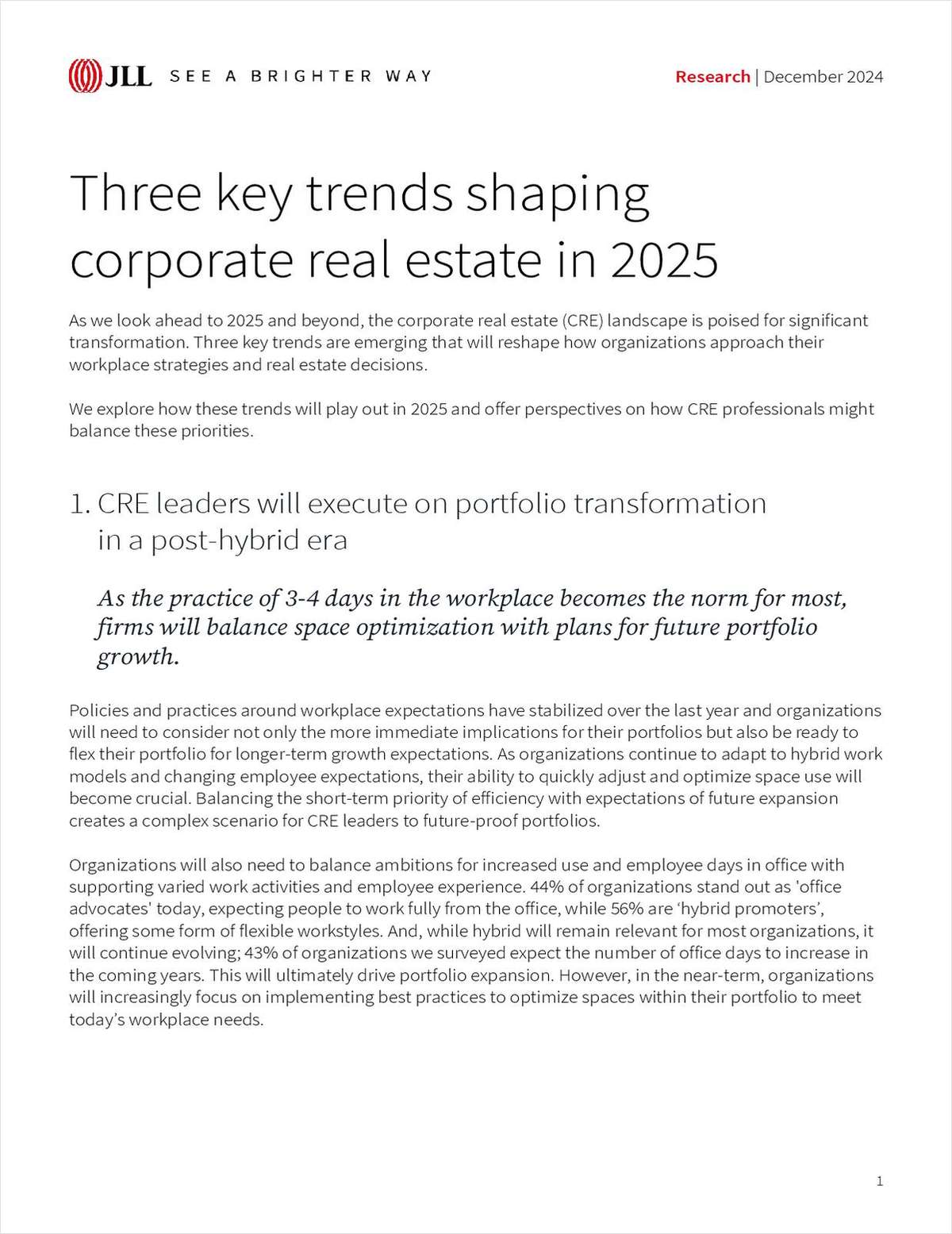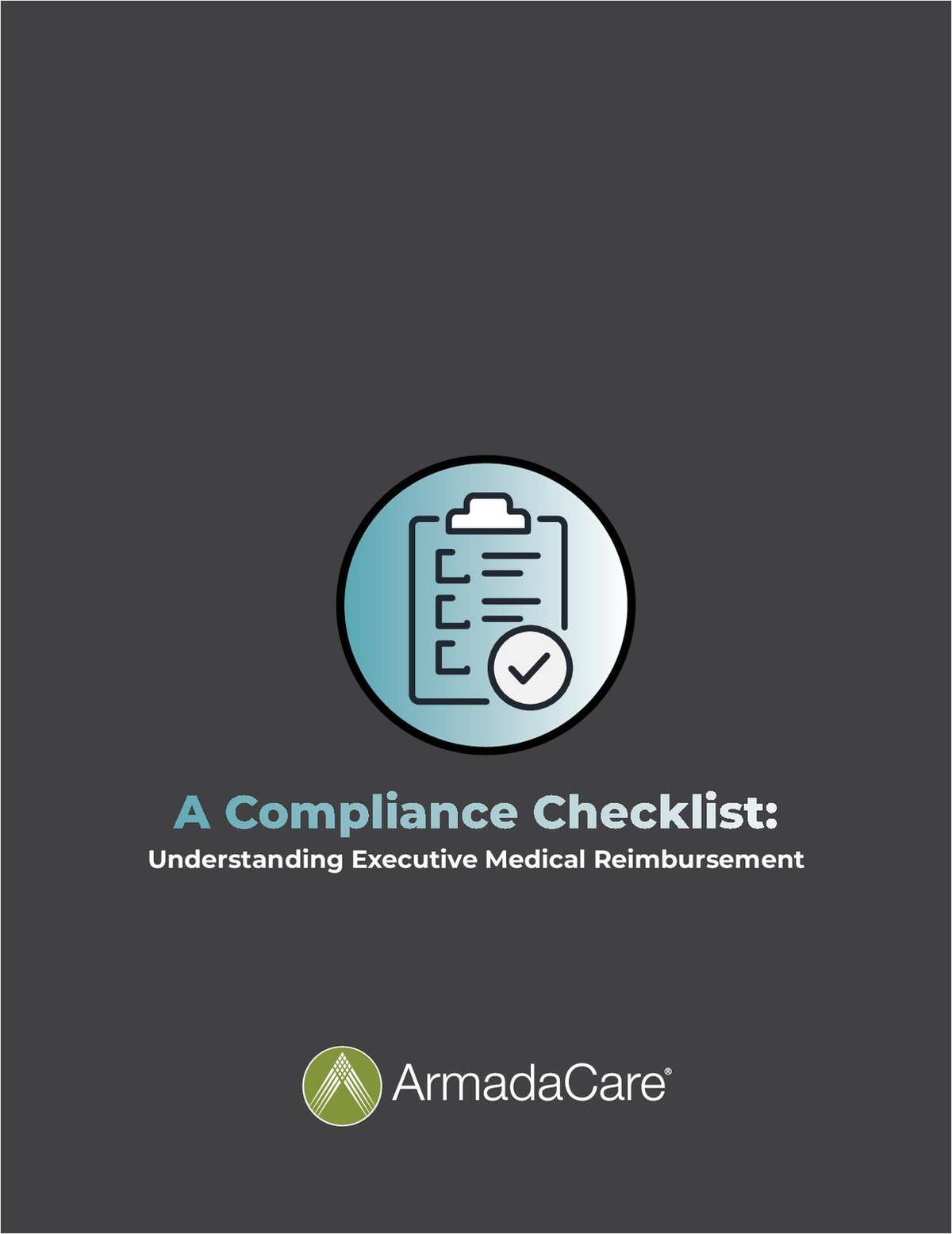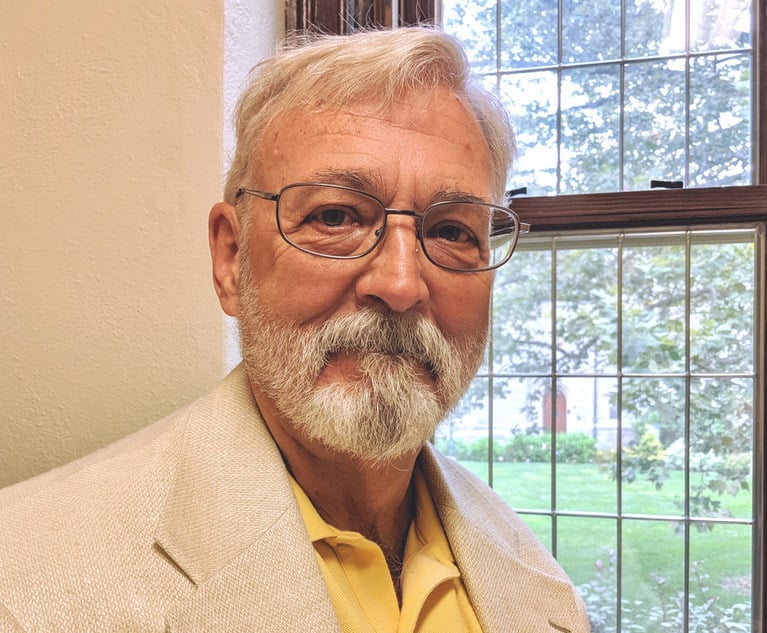 CLT columnist and former state Chief Disciplinary Counsel Mark Dubois.
CLT columnist and former state Chief Disciplinary Counsel Mark Dubois. Connecticut Discipline: Fewer Clients and Fewer Small Firms Leads to Fewer Complaints
In the 17 years since Connecticut launched its Office of Chief Disciplinary Counsel, grievances have dropped by more than 20%, declining even further during the pandemic
April 18, 2022 at 02:49 PM
6 minute read
I'm working on my farewell tour/victory lap which will take me to a bunch of bar associations this year. In addition to saying goodbye and introducing Dave Channing, who has succeeded me at the ethics desk at Geraghty and Bonnano, I plan to flog the 4th edition of Connecticut Legal Ethics and Malpractice which Jamie Sullivan and I first published about 10 years ago. It should be out this summer and is still the only comprehensive book on the subject on the market. With any luck, we'll crack double digits on sales this round.
Looking for a CLE topic other than the usual "don't steal from your clients," I thought that maybe since it's been a generation since folks began seriously talking about the Connecticut disciplinary system and writing/enacting/implementing the rule changes that created the office of chief disciplinary counsel, it might be interesting to look at where we've been and where we're going in lawyer discipline. My inquiry was whether we'd had any impact on what many at the time thought was a problem—a system of self-regulation that didn't seem to many to work all that well, was slow, and seemed to let bad actors misbehave long after they should have been escorted off the field.
This content has been archived. It is available through our partners, LexisNexis® and Bloomberg Law.
To view this content, please continue to their sites.
Not a Lexis Subscriber?
Subscribe Now
Not a Bloomberg Law Subscriber?
Subscribe Now
NOT FOR REPRINT
© 2025 ALM Global, LLC, All Rights Reserved. Request academic re-use from www.copyright.com. All other uses, submit a request to [email protected]. For more information visit Asset & Logo Licensing.
You Might Like
View All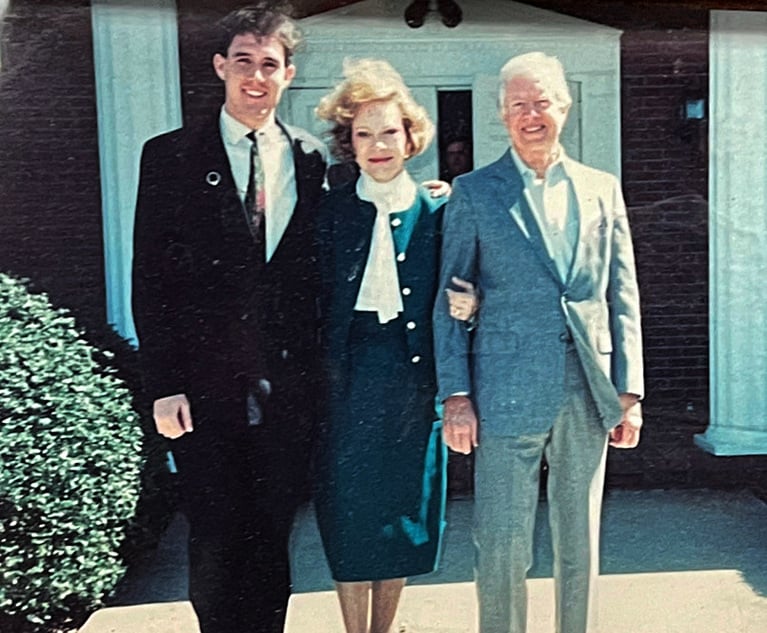
Lessons in Mediation & Negotiation: Attorneys' Reflections on Jimmy Carter
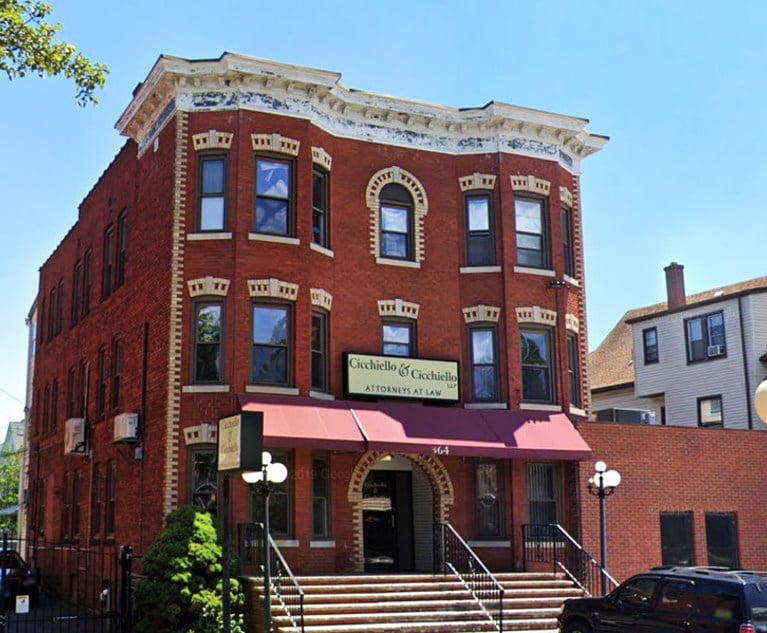
Managing Partner Vindicated in Disciplinary Proceeding Brought by Former Associate
5 minute read
2nd Circuit Revives Connecticut Lawyers' Challenge to Anti-Discrimination Ethics Rule
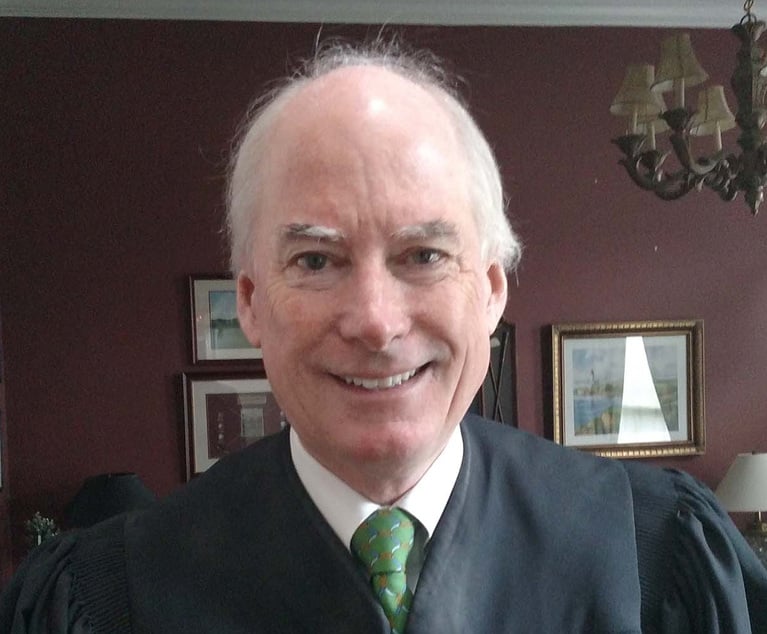
Trending Stories
- 1Georgia Justices Urged to Revive Malpractice Suit Against Retired Barnes & Thornburg Atty
- 2How Gibson Dunn Lawyers Helped Assemble the LA FireAid Benefit Concert in 'Extreme' Time Crunch
- 3Lawyer Wears Funny Ears When Criticizing: Still Sued for Defamation
- 4Medical Student's Error Takes Center Stage in High Court 'Agency' Dispute
- 5'A Shock to the System’: Some Government Attorneys Are Forced Out, While Others Weigh Job Options
Who Got The Work
J. Brugh Lower of Gibbons has entered an appearance for industrial equipment supplier Devco Corporation in a pending trademark infringement lawsuit. The suit, accusing the defendant of selling knock-off Graco products, was filed Dec. 18 in New Jersey District Court by Rivkin Radler on behalf of Graco Inc. and Graco Minnesota. The case, assigned to U.S. District Judge Zahid N. Quraishi, is 3:24-cv-11294, Graco Inc. et al v. Devco Corporation.
Who Got The Work
Rebecca Maller-Stein and Kent A. Yalowitz of Arnold & Porter Kaye Scholer have entered their appearances for Hanaco Venture Capital and its executives, Lior Prosor and David Frankel, in a pending securities lawsuit. The action, filed on Dec. 24 in New York Southern District Court by Zell, Aron & Co. on behalf of Goldeneye Advisors, accuses the defendants of negligently and fraudulently managing the plaintiff's $1 million investment. The case, assigned to U.S. District Judge Vernon S. Broderick, is 1:24-cv-09918, Goldeneye Advisors, LLC v. Hanaco Venture Capital, Ltd. et al.
Who Got The Work
Attorneys from A&O Shearman has stepped in as defense counsel for Toronto-Dominion Bank and other defendants in a pending securities class action. The suit, filed Dec. 11 in New York Southern District Court by Bleichmar Fonti & Auld, accuses the defendants of concealing the bank's 'pervasive' deficiencies in regards to its compliance with the Bank Secrecy Act and the quality of its anti-money laundering controls. The case, assigned to U.S. District Judge Arun Subramanian, is 1:24-cv-09445, Gonzalez v. The Toronto-Dominion Bank et al.
Who Got The Work
Crown Castle International, a Pennsylvania company providing shared communications infrastructure, has turned to Luke D. Wolf of Gordon Rees Scully Mansukhani to fend off a pending breach-of-contract lawsuit. The court action, filed Nov. 25 in Michigan Eastern District Court by Hooper Hathaway PC on behalf of The Town Residences LLC, accuses Crown Castle of failing to transfer approximately $30,000 in utility payments from T-Mobile in breach of a roof-top lease and assignment agreement. The case, assigned to U.S. District Judge Susan K. Declercq, is 2:24-cv-13131, The Town Residences LLC v. T-Mobile US, Inc. et al.
Who Got The Work
Wilfred P. Coronato and Daniel M. Schwartz of McCarter & English have stepped in as defense counsel to Electrolux Home Products Inc. in a pending product liability lawsuit. The court action, filed Nov. 26 in New York Eastern District Court by Poulos Lopiccolo PC and Nagel Rice LLP on behalf of David Stern, alleges that the defendant's refrigerators’ drawers and shelving repeatedly break and fall apart within months after purchase. The case, assigned to U.S. District Judge Joan M. Azrack, is 2:24-cv-08204, Stern v. Electrolux Home Products, Inc.
Featured Firms
Law Offices of Gary Martin Hays & Associates, P.C.
(470) 294-1674
Law Offices of Mark E. Salomone
(857) 444-6468
Smith & Hassler
(713) 739-1250







